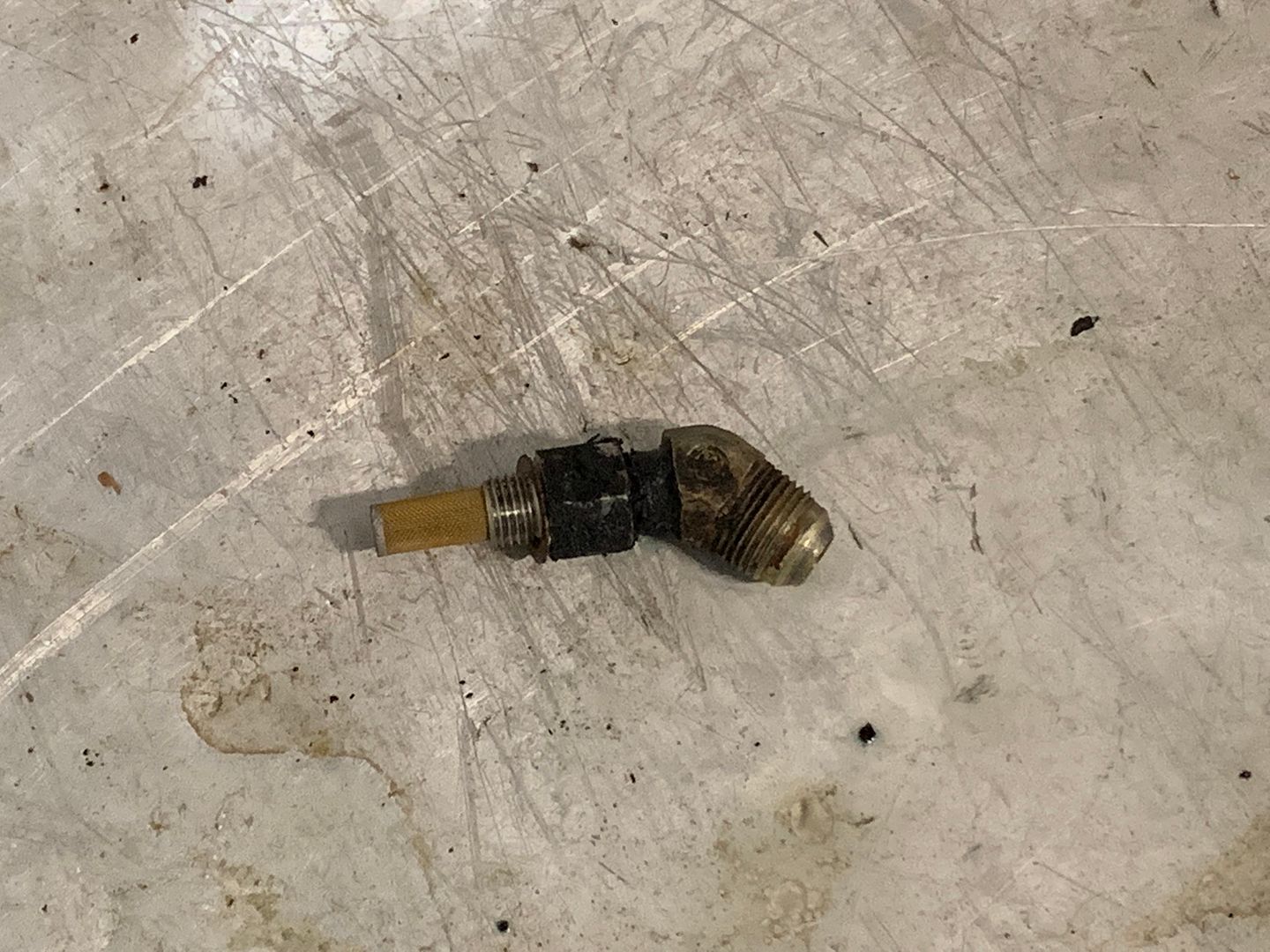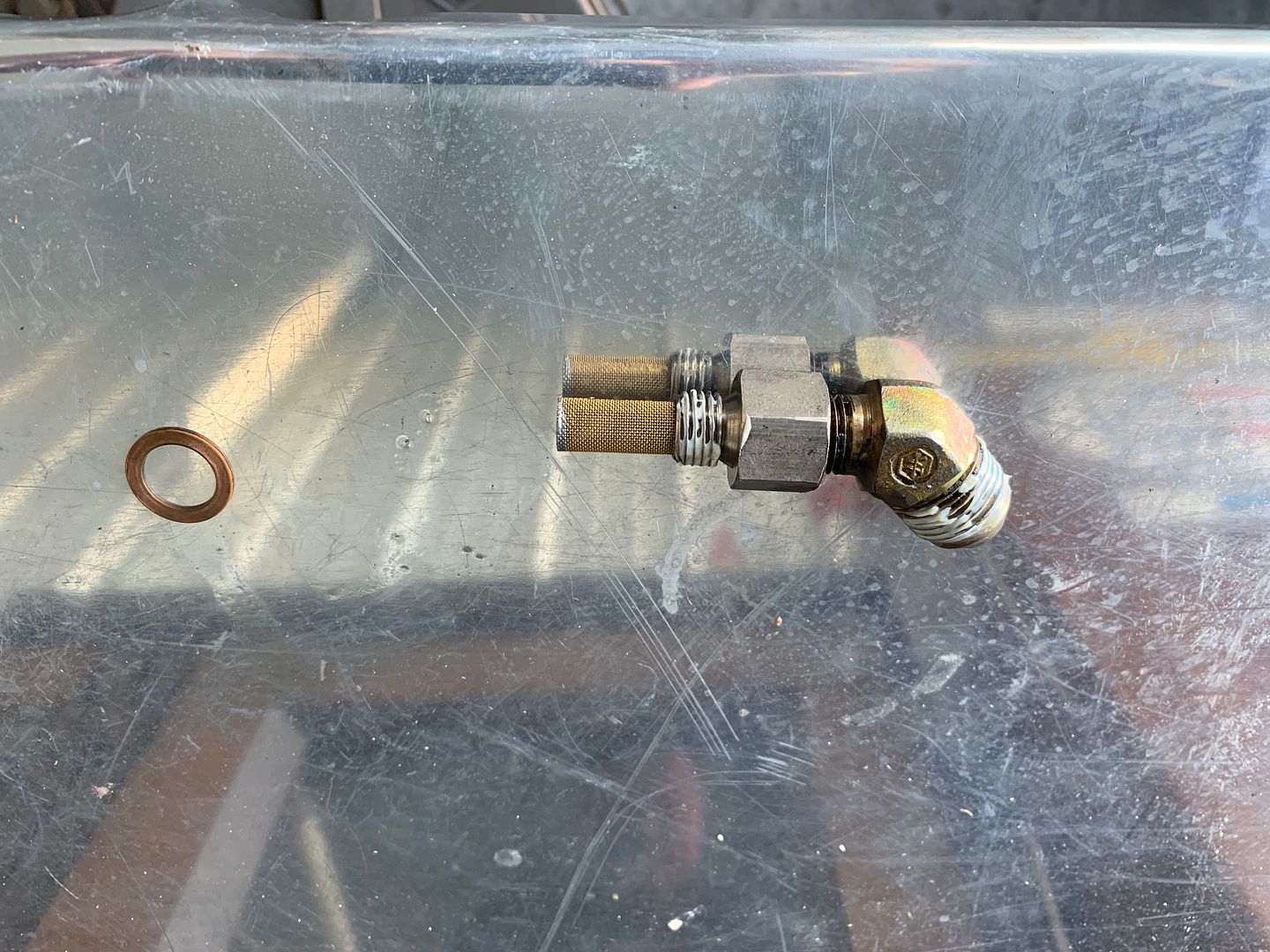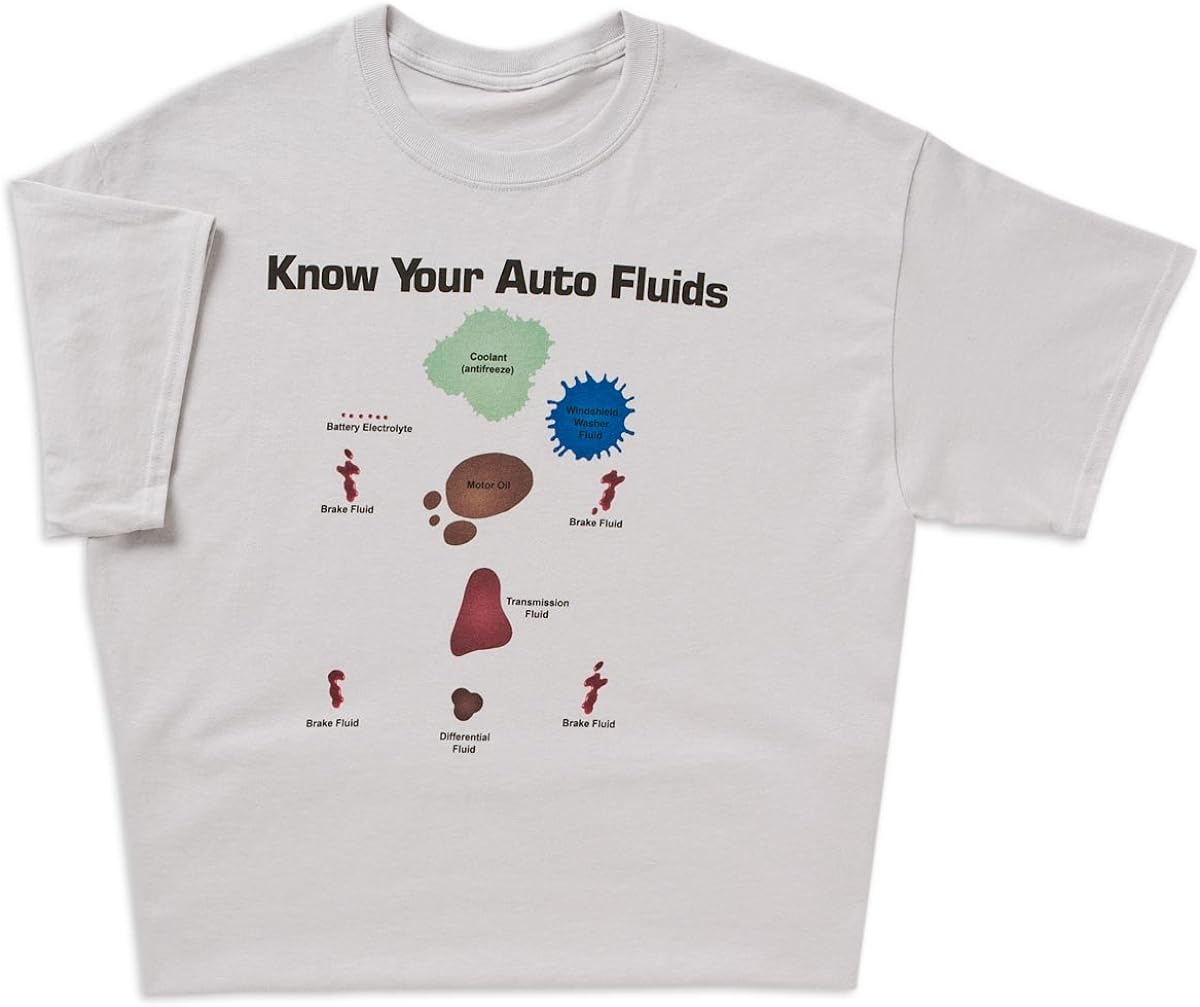SixPapaCharlie
May the force be with you
- Joined
- Aug 8, 2013
- Messages
- 16,051
- Display Name
Display name:
Sixer
My instructor pointed it out to me a couple flights back and I have researched online and the responses are all over the place. So I decided to create a thread to add some more all over the place responses next time someone searches this. First let's get some search terms out of the way.
"Comanche 250", "Lycoming 540", "Lycoming fuel pressure", "I almost died".
So what I am noticing is that I see a significant fuel pressure drop at full throttle / climb out. I have read that I only need .5 PSI in the 250 for full power and I am told "This is normal" but I have been told a lot of things are normal or "Happen to all the guys" and none of it is ever true.
Why would my fuel pressure go down at full throttle and normalize at lower throttle and in cruise.
Fortunately I film a lot and I went back and it appears that this has been the case since I bought it.
"Then why are you only just now asking about it?" Engine is butter smooth and those gauges are 61 years old and bounce all over the place and I am not super in tuned to those things and thus an unsafe pilot.
At idle, the fuel pressure is in the green. I go full throttle to takeoff and it drops very close to the red on the lower end. Engine performs fine. Fuel pressure remains low on climb out and starts to slowly come back to the green and remains in the green through out the flight. It is 100% consistent and repeatable. I can do a run up with the elec. pump on or off and I see the drop at full throttle.
There is no behavior that leads me to believe there are any issues other than that needle.
I don't have any engine monitoring equipment other than the old needles so nothing with any level of precision.
Is this cause for concern? What say Comanche / Lycoming 540 owners?
"Comanche 250", "Lycoming 540", "Lycoming fuel pressure", "I almost died".
So what I am noticing is that I see a significant fuel pressure drop at full throttle / climb out. I have read that I only need .5 PSI in the 250 for full power and I am told "This is normal" but I have been told a lot of things are normal or "Happen to all the guys" and none of it is ever true.
Why would my fuel pressure go down at full throttle and normalize at lower throttle and in cruise.
Fortunately I film a lot and I went back and it appears that this has been the case since I bought it.
"Then why are you only just now asking about it?" Engine is butter smooth and those gauges are 61 years old and bounce all over the place and I am not super in tuned to those things and thus an unsafe pilot.
At idle, the fuel pressure is in the green. I go full throttle to takeoff and it drops very close to the red on the lower end. Engine performs fine. Fuel pressure remains low on climb out and starts to slowly come back to the green and remains in the green through out the flight. It is 100% consistent and repeatable. I can do a run up with the elec. pump on or off and I see the drop at full throttle.
There is no behavior that leads me to believe there are any issues other than that needle.
I don't have any engine monitoring equipment other than the old needles so nothing with any level of precision.
Is this cause for concern? What say Comanche / Lycoming 540 owners?








